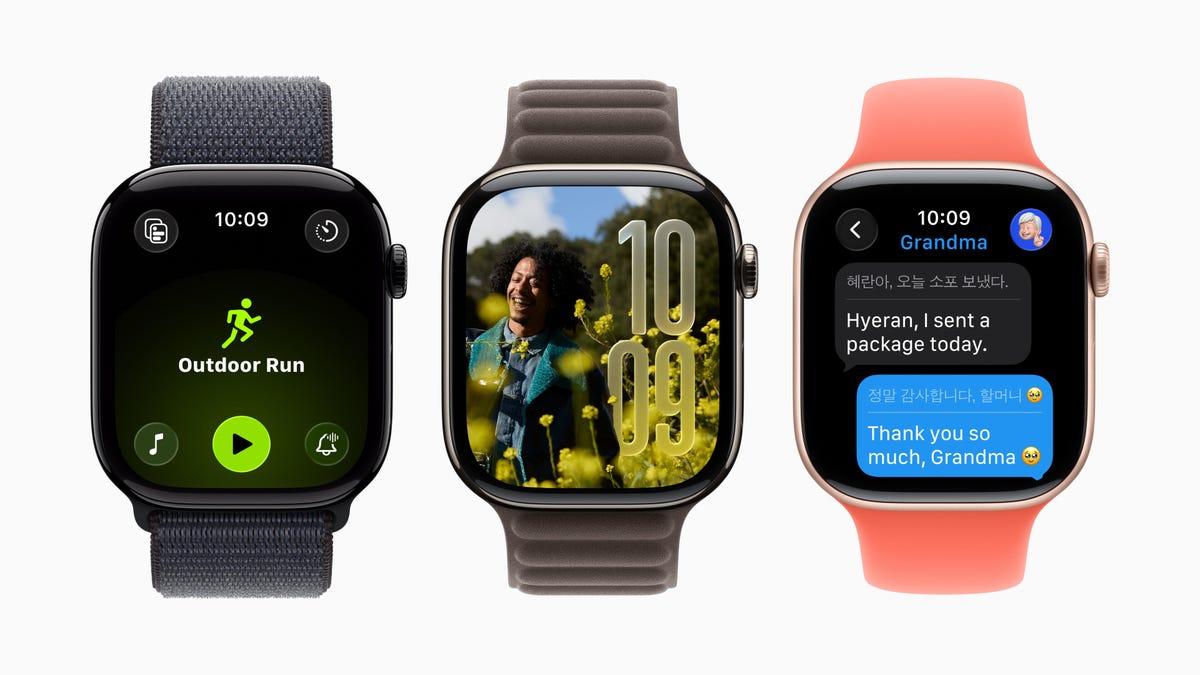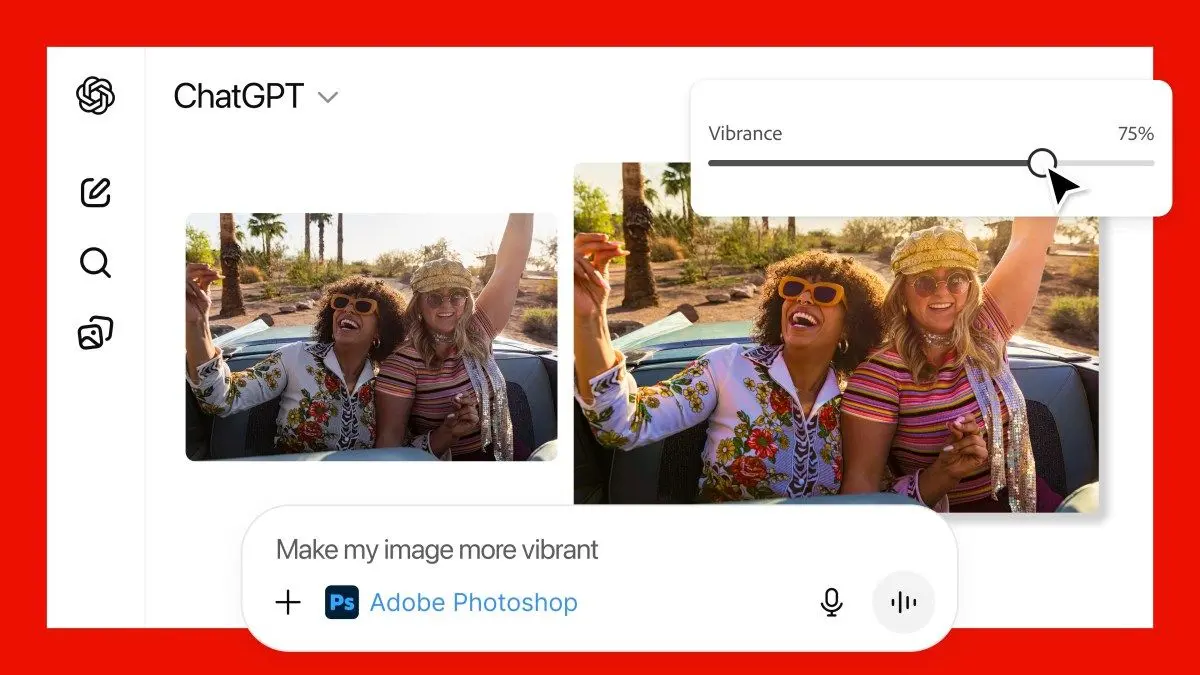Apple Unveils AI-Powered 'Workout Buddy' for Apple Watch: A New Era of Personalized Fitness Coaching
6 Sources
6 Sources
[1]
Apple's new Workout Buddy helps you sweat smarter | TechCrunch
Apple has launched at its WWDC 2025 conference Workout Buddy, an AI workout coach. The AI tool gathers data from both your current workout and your fitness history - including paces, miles logged, activity rings closed, and training load - to coach you through workouts in real time. Combined with Apple Intelligence on the iPhone, Workout Buddy relies on a text-to-speech model to translate encouragement into a fun generative voice that sounds like a fitness trainer. In fact, the generative voice is built using voice data from Fitness+ trainers - the people who lead workouts within Apple's Fitness+ app and studio. Users can choose from multiple voices to find the right one for them. The Workout app on the Apple Watch and iPhone will also update so it kicks off with a pep talk once you start on a run. It will also mark moments, like when you hit four miles, if your last mile was the fastest yet, and what your average heart rate is. At the end of the workout, the AI gives you a rundown of your average pace, heart rate, and whether you hit any additional milestones, like your first 10K run award. Workout Buddy will be available starting in English across the most popular workout types. As Apple has been reiterating during the entire WWDC, Workout Buddy is "personal and private." Additionally, Apple says it is giving the Workout app on the Apple Watch a new layout, with features like Custom Workout and Race Route "just a tap away." There are also new media features built into the app for music. Users can let Apple Music choose the best playlist based on their workout or their preferences, or users can select playlists or podcasts suggested based on what they've been listening to or the type of workout.
[2]
I Want Workout Buddy to Be More Boot Camp Trainer Than Cheerleader on the Apple Watch
I was expecting (and hoping) Apple would launch some kind of AI-powered health feature on the Apple Watch at WWDC 2025, but Workout Buddy wasn't exactly what I had in mind. I'm the kind of person who spoils any and all surprises by reading the last page of a good mystery novel, or the finale synopsis of a Netflix whodunit before I've even gotten through the pilot. So I went into WWDC, Apple's annual developers conference, having read all the rumors, feeling pretty confident that I knew most of what was coming to WatchOS 26: a smarter Health app with AI coaching that could finally turn all my fitness metrics into meaningful, personalized guidance. What we actually got during Apple's WWDC keynote was a bit different... and that's not necessarily a bad thing. Rather than unleashing a flood of generic coaching suggestions or unsolicited advice (like caffeine restriction windows which should not exist in my vocabulary), Apple is being intentionally conservative with its approach to AI on the watch, testing the waters with Workout Buddy and laying the groundwork for more meaningful, context-aware insights. Workout Buddy isn't meant to be a coach (at least not in the traditional sense). It won't train you for a marathon or map out a four-week plan to boost your VO2 max. What it will do is act as a voice in your ear, offering encouragement during a workout based on your past fitness data. Think: "That was your fastest mile ever," or "You've just crossed 500 miles for the year!". For some people, that kind of affirmation might be enough to keep pushing forward. But I'm the kind of runner who thrives on structure and tough love. I should note that I haven't tested Workout Buddy. But from what Apple showed off, Workout Buddy won't cut it for me -- at least not yet. I already rely on pace and heart rate alerts to let me know when I'm slacking. What I really need is a drill-sergeant-style coach that handles the math for me, so I can focus on my stride, my breathing and whatever podcast is carrying me through mile four. What Workout Buddy is doing is technically impressive, combining exercise and health information and turning that into a conversational voice that gives you a personalized pep talk. It proves that Apple has both the data and the processing power to analyze workouts in real time and turn them into something meaningful. It's the first step toward a more responsive, intelligent Apple Watch health/fitness experience that doesn't just track your fitness, but actively helps you improve it. It also offers a window into Apple's broader strategy for AI on the Watch. Whether due to hardware limitations (Workout Buddy relies on Apple Intelligence, which requires an iPhone 15 or newer communicating with the watch) or just Apple being Apple (cautious, user-first and deliberate), the result is a feature that feels thoughtfully scoped rather than rushed and half baked. It's not shouting unsolicited advice or drowning users in confusing metrics. It's dipping a toe into coaching, not diving in headfirst. Now that the groundwork is there, it feels like only a matter of time before we get a true AI-powered health coach. And if this voice assistant really is the start of something smarter and more didactic, can it please expand to other areas of health too? I've never been a fan of sleep tracking. But maybe, if I had the right incentives or feedback, I'd get on board. The new Vitals app already does a decent job of flagging early signs of illness, but now imagine a proactive sleep coach that tells me my room's too hot to hit deep sleep. That's the kind of data driven encouragement I'd actually listen to. For now, Workout Buddy is limited to eight workout types: indoor and outdoor running and walking, outdoor cycling, HIIT, functional strength and traditional strength training. It'll arrive in September with the watchOS 26 update -- alongside a handful of other features you can read more about here.
[3]
I didn't ask for an AI bot on the Apple Watch, but we're getting one anyway
Last week at WWDC 2025, Apple announced a ton of new features coming to iPhone, Mac and iPad later in the year. But as a former fitness editor, I was most interested in what's going on with the Apple Watch. When watchOS 26 lands in the fall, the best Apple Watches will get a Liquid Glass refresh (no, this isn't a new type of screen, but a translucent design language), a simplified Control Centre for quick access to settings and some new customization features. But the main event of Apple's smartwatch plans is the new AI-backed Workout Buddy. In the Newsroom post announcing all these features, Apple suggests that it'll give you a 'personalized pep talk' like: "Way to get out for your run this Wednesday morning. You're 18 minutes away from closing your Exercise ring. So far this week, you've run 6 miles. You're going to add to that today." Does that sound helpful? Not to me, anyway. I'm not sure that I need to pay several hundred dollars for a device that'll tell me things I already know. Don't get me wrong; I think the Apple Watch is easily the best smartwatch available right now (it's just a shame it doesn't work on Android). I recommend it to pretty much anyone with an iPhone because, unless you need something more focused on intense training (in which case, a Garmin watch would do you well), there's nothing better. But the Workout Buddy sounds like Oura's similarly uninspiring AI Advisor -- another tool I tend to just ignore. It's not the concept that I dislike -- I think actionable insights based on your specific data could be really useful -- but the implementation of these features feels a bit like an afterthought. The example Apple gave for Workout Buddy just sounds like it's reading numbers at you, not really understanding them. And from the WWDC demo, it seems to just add a few extra words to features that already exist in other fitness watches, like an audio summary of your run or updates when you've hit a certain distance. So, it's like what you can get already but with 'Added AI' -- so you get friendly phrases like, "you're crushing it." It's a similar criticism aimed at Strava's Athlete Intelligence workout summaries, which tell you how far you ran and in what time with a few other metrics that used to just be on the screen at the end of a session, but with more words. In fairness, maybe this isn't an Apple problem, but the way that technology tends to reduce exercise to a series of goals to tick off or targets to hit. I go for a walk every morning, but I don't care if I hit a certain amount of steps -- for me, the benefit is spending some mindful time outside. But how can an app on a smartwatch understand that? And that's the disconnect; the intelligence part of all these AI features just isn't there, at least, not yet. Your Apple Watch doesn't know why you chose to go for a run, do a yoga session or take a walk. Strava doesn't know if you're not feeling your best so ran slower, and your Oura Ring 4 doesn't know that it was the noise of a plane that woke you up early, effecting your sleep. All these apps can see is something quantifiable, easily read by a sensor and turned into a number for you to measure yourself against. But exercise, sleep and metal wellbeing can't be defined by numbers alone. And until Workout Buddy and other AI features can really understand this, I'll be leaving them firmly in the off position.
[4]
Could Apple's new Workout Buddy get me running consistently again? Here's why I'm so excited about it
The Apple Watch's fitness features have been getting consistently more impressive in recent years, between new running metrics, the recent addition of Training Load, and integrations with third-party apps such as TrainingPeaks. And yet, despite these advanced tools at my fingertips and as someone who tests the best Apple Watches as part of my job, I'm still lacking in the running department. After a long day of work, as a man in his mid-thirties with a very active six-year-old, the last thing I feel I want to do is get my shorts and underlayer on and head out the door, and that's even with some lovely running routes nearby. Tracking my workouts is great, but how can I outsource my motivation to my Apple Watch? As it happens, Apple's new AI Workout Buddy might be the answer. I should stress that I have no such issues getting to the gym, . My hesitance to run (which takes a lot less work and time than lifting weights) feels very much like a problem of my own making, so it's gratifying that Apple may have a solution for me and could make me feel less like I'm the only "reluctant runner" out there. As revealed at WWDC 25 this week, watchOS 26 will offer Workout Buddy, a "first-of-its-kind fitness experience with Apple Intelligence that incorporates a user's workout data and their fitness history to generate personalized, motivational insights during their session, based on data like heart rate, pace, distance, Activity rings, personal fitness milestones, and more." It's that word "motivational" that piqued my interest, and while I'm wary of the use of AI (especially as a journalist who makes his living using words) a helpful few words of encouragement in my ear when I'm pushing myself out the door for a 5K could make all the difference. I recently completed my first 10k running event following some heart health issues in recent years, and having an AI assistant tap into my heart rate data and advise me how much further I could push myself every now and again could have stopped the fearful questions I was asking myself, such as "am I going too fast?" or "am I pushing too hard?" When I do get out for a run, I try to avoid looking at my Apple Watch Ultra. I often don't want to know what my pace is like, because I try to be more intentional with exercise. Namely, keeping my mind on the whole 'moving my legs' part of the workout rather than keeping an eye on my pace. Looking at my pace and seeing it slower than anticipated is a bit of a morale-buster, while checking the distance run and seeing I'm less than halfway around my circuit has a tendency to have a negative impact on my pace, as if I'm willing it to be over. If I can tweak what the AI offers as encouragement, then I feel I'll be having my proverbial cake and eating it, pushing me further without laying on too thick how far I've fallen since my prime a decade ago. Think less "here are your splits", and more "keep going, you're doing great!". I've tried AI coaching apps like Zing in the past, and as promising as they are, they can often feel overly complex when you just want to track some exercises or your step count. Having something like Workout Buddy running natively on my devices that I can call upon when I need it, and minimise when I don't, really does feel like the best of both worlds. Roll on September!
[5]
Is Workout Buddy the Apple Watch's Clippy? I explain the motivational fitness feature | Stuff
watchOS 26 comes with a new Apple Watch fitness feature called Workout Buddy, designed to motivate you - here's how it works At WWDC 2025, Apple unveiled all of its latest software releases. The new Apple Watch update - watchOS 26 - finally brings Apple Intelligence to your wrist, alongside the new Liquid Glass redesign. But one of my favourite features has to be Workout Buddy. It's Apple's idea of a motivational sidekick - almost like Microsoft's Clippy assistant from (simpler) days gone-by! It delivers personalised fitness coaching during your workouts, without needing an actual human to breathe down your neck. In fact, it's all powered by Apple Intelligence, with digital trainer voices that talk to you on the fly. But how exactly does Workout Buddy work? Here's everything you need to know! Think of Workout Buddy like having a slightly overly enthusiastic personal trainer strapped to your wrist. It uses your workout data, your health history, and a rather chatty generative AI voice to offer spoken motivation during your sessions. It pulls from a range of data points like your heart rate, pace, distance, Activity rings, and past fitness milestones to deliver real-time spoken updates. Starting a run might trigger a voice telling you how many miles you've already knocked out that week, or how close you are to closing your Exercise ring. During the session, it'll chime in at key moments, marking your splits or highlighting a personal best. And when you're done, it wraps things up with a detailed summary of your performance, including pace, distance, and heart rate, all topped off with a bit of positive reinforcement, naturally. To make it all sound less robotic, Apple's used voice data from its Fitness+ trainers to build a dynamic voice that doesn't come across as robotic as Siri. The result is a pep talk that's meant to sound like it's coming from a real human, even if that human lives inside your watch. And because this is Apple, all the data analysis happens privately and securely on your device. Workout Buddy is available for a handful of workout types when watchOS 26 rolls out later this year, including outdoor and indoor runs, walks, cycling, HIIT, and both functional and traditional strength training. It works with Bluetooth headphones and requires an Apple Intelligence-enabled iPhone nearby. To use Workout Buddy, you'll need to head into the Workout app (which itself has been given a facelift in watchOS 26) on your Apple Watch. Once your workout begins, Workout Buddy kicks in automatically for supported workout types, providing mid-session insights and post-workout recaps without you having to poke around for stats manually. You can also set up music or podcasts to play automatically when you start, with Apple Music now picking playlists based on your workout and listening habits, provided you've got a subscription. It's a feature made for those who want to sweat to something other than the default beep of their heart rate monitor.
[6]
Workout Buddy on Apple Watch: The Future of Personalized Fitness
Workout Buddy for Apple Watch: AI-Powered Fitness Trainer that counts Reps, Tracks Splits, and Guides to Rest Apple boasts innovations that continue to set the standards in wearable technology. Every update from the tech giant aims to give the best to the users. With WatchOS 26, Workout Buddy is an AI fitness trainer that provides voice-guided feedback as you work out. Using Apple Intelligence, Workout Buddy analyzes past performance, such as pace, heart rate, and Activity Rings, to offer personalized encouragement and guidance. The voice is modeled after Fitness+ trainers to coach one in a more human-like style. This feature runs entirely on-device, keeping the information private while offering tailored fitness support.
Share
Share
Copy Link
Apple introduces Workout Buddy, an AI-powered fitness coach for Apple Watch, offering real-time motivation and personalized insights during workouts. The feature, part of watchOS 26, uses Apple Intelligence to analyze user data and provide encouragement through generative AI voices.
Apple Introduces AI-Powered Workout Buddy
At the WWDC 2025 conference, Apple unveiled Workout Buddy, an innovative AI-powered fitness coach for the Apple Watch
1
. This new feature, part of the upcoming watchOS 26 update, aims to revolutionize personal fitness by providing real-time motivation and insights during workouts.How Workout Buddy Works
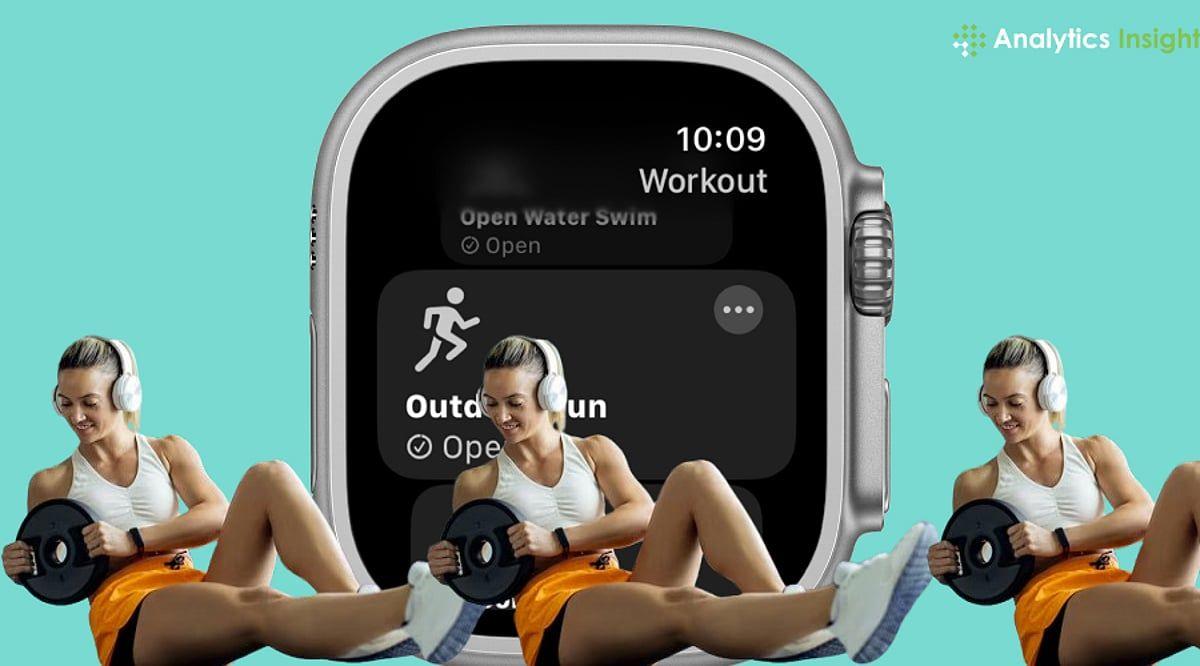
Source: Analytics Insight
Workout Buddy utilizes Apple Intelligence to analyze a user's current workout data and fitness history, including paces, miles logged, and activity rings closed
1
. The AI tool then translates this information into personalized encouragement using a text-to-speech model that generates voices resembling fitness trainers2
.During workouts, Workout Buddy provides real-time updates on milestones, such as hitting a certain distance or achieving a personal best pace
1
. At the end of each session, it offers a comprehensive summary of the user's performance, including average pace, heart rate, and any notable achievements5
.Features and Compatibility
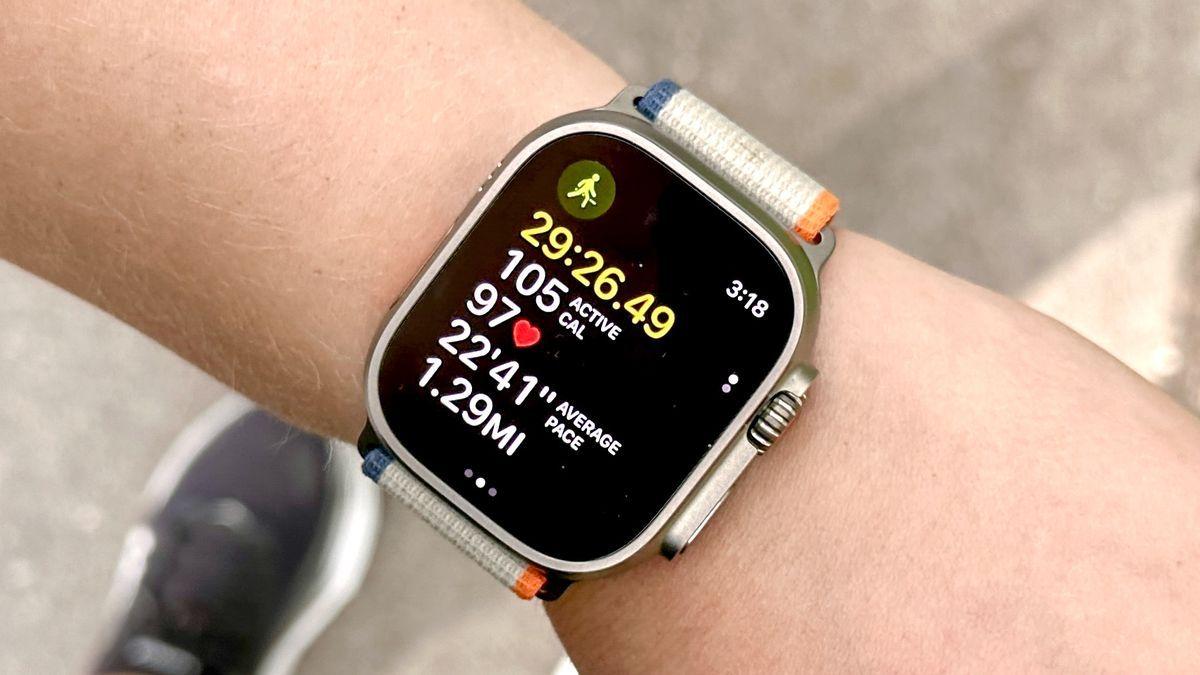
Source: Tom's Guide
Workout Buddy will initially be available in English for popular workout types, including indoor and outdoor running, walking, cycling, HIIT, and strength training
1
5
. The feature requires an Apple Intelligence-enabled iPhone (iPhone 15 or newer) to function2
.Privacy and User Experience
Apple emphasizes that Workout Buddy is "personal and private," with all data analysis occurring on the user's device
1
. This approach aligns with Apple's broader strategy for AI implementation, focusing on user privacy and thoughtful feature integration2
.Related Stories
Mixed Reception and Future Potential
While some users are excited about the motivational aspect of Workout Buddy
4
, others express skepticism about its effectiveness compared to more advanced fitness coaching features3
. Critics argue that the current implementation may not provide truly actionable insights beyond basic metrics3
.However, many see Workout Buddy as a stepping stone towards more sophisticated AI-powered health coaching on the Apple Watch
2
. Future iterations could potentially expand to other areas of health, such as sleep tracking and illness prevention2
.Additional watchOS 26 Updates

Source: TechCrunch
Alongside Workout Buddy, watchOS 26 introduces other enhancements to the Apple Watch experience. These include a new layout for the Workout app, improved media features for selecting music and podcasts during workouts, and the introduction of Custom Workout and Race Route features
1
5
.References
Summarized by
Navi
[4]
Related Stories
Google Unveils AI-Powered Personal Health Coach for Fitbit, Revolutionizing Fitness Tracking
21 Aug 2025•Technology

Apple Watch Gets Major Upgrade with WatchOS 26: AI Features and Design Overhaul
10 Jun 2025•Technology
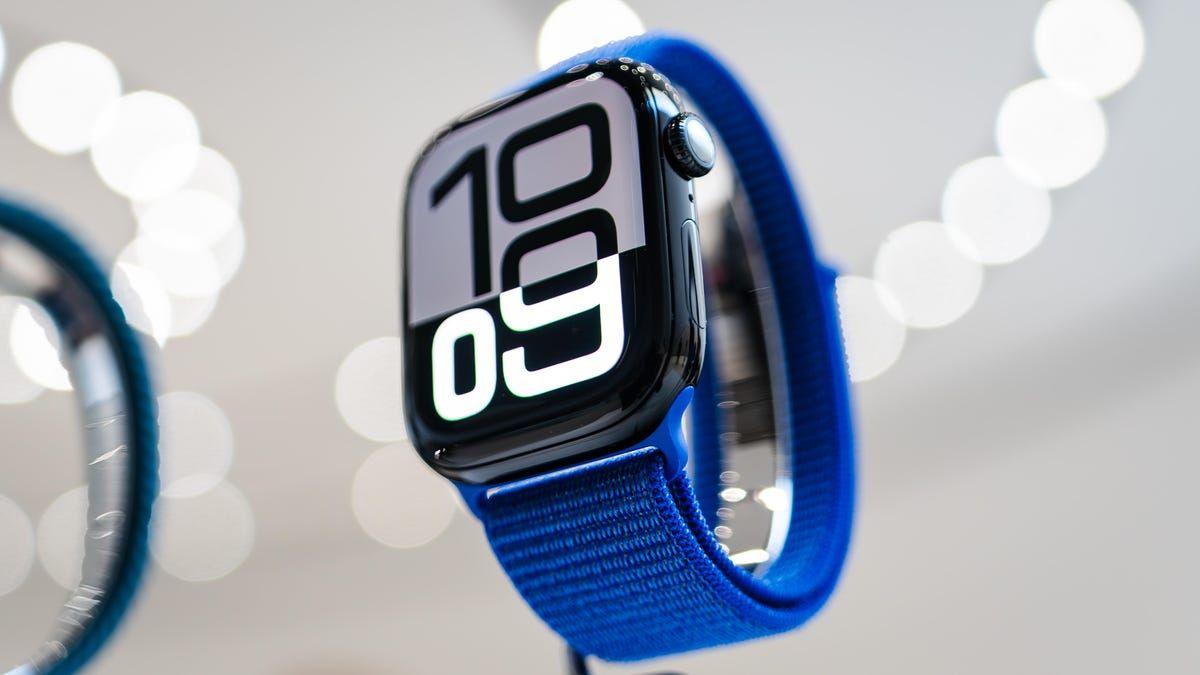
Apple's watchOS 12: AI-Powered Features and Design Overhaul Coming to Apple Watch
28 May 2025•Technology

Recent Highlights
1
AI Chatbots Sway Voters More Effectively Than Traditional Political Ads, New Studies Reveal
Science and Research

2
OpenAI declares code red as Google's Gemini 3 gains 200 million users in three months
Technology

3
Trump approves Nvidia H200 chip exports to China with 25% revenue cut, defying Senate concerns
Policy and Regulation

